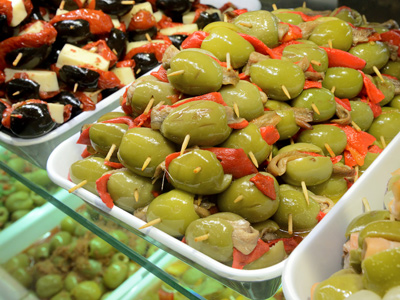Our bodies do so many things that we take for granted such as how our hearts pump and keep blood circulating throughout the body or how the brain has to send out signals throughout the body in order for any part of the body to work. Then there is food. We eat food and don’t ever think of what process the body has to go through to break down that food, absorb the nutrients, vitamins, minerals and then distribute the energy derived from the food. The food breakdown goes through a long process known as the digestive system.
The digestive system involves several different organs and glands. In simple terms, the digestive system is a long, twisting tube that runs from the mouth to the anus. This tube passes through other organs such as the stomach, the liver, the pancreas and the intestines.
Digestion – Beginning to End
The digestive process actually begins at the mouth where food and liquids are consumed. Chewing begins the process of breaking down the food into smaller particles. In addition, fluid in your mouth called saliva, which is produced by the salivary glands, contains an enzyme that begins to break down the starches in food into smaller molecules. Enzymes are proteins that speed up chemicals actions in the body to break down food.
After food is chewed it passes on to the esophagus. This is where the tube runs from the mouth to the stomach. The esophagus uses muscle movements, almost like a wave movement, to move the food down to the stomach.
From the esophagus the food enters into the stomach which is an organ much like an empty sack. In the stomach the food is churned around for 1 to 2 hours where it is further broken down by gastric acid. The food that is mixed with gastric acid is now called chyme.
After being broken down in the stomach, the chyme then begins its journey through the intestines. The small intestine comes first and eventually the chyme makes its way into the larger intestine.
The first part of the small intestine is called the duodenum while the middle part of the small intestine is called the jejunum. Finally the chyme passes through the ileum which is the last section of the small intestine.
While passing through the small intestine, bile is produced in the liver and then it is stored in the gall bladder. Next, pancreatic enzymes from the pancreas, as well as other digestive enzymes that are produced in the lining of the small intestine continue to break chyme (food) down even further.
Finishing its journey through the small intestine, the broken down food now passes to the large intestine. The large intestine contains many different microbes. Microbes are bacteria that further help to break down food particles. While passing through the large intestine, water and electrolyte (various chemicals that include sodium) are removed from the food.
Like the small intestine, the large intestine also contains several different parts. The first part is called the cecum. (The appendix is connected to the cecum but the appendix does not take part in the digestive process.) The next part of the large intestine is known as the ascending colon. Following the ascending colon is the transverse colon which then twists back down to the opposite side of the body to the descending colon. Finally, the food passes to the sigmoid colon.
The now thoroughly broken down food is stored as wastes in the rectum and then removed from the body through the anus.
Depending upon the food, the entire digestive process in humans takes between 24 and 72 hours. So what you ate on Monday, could still be within you until Thursday. Now, does that make you think about the digestive process a little more closely?








